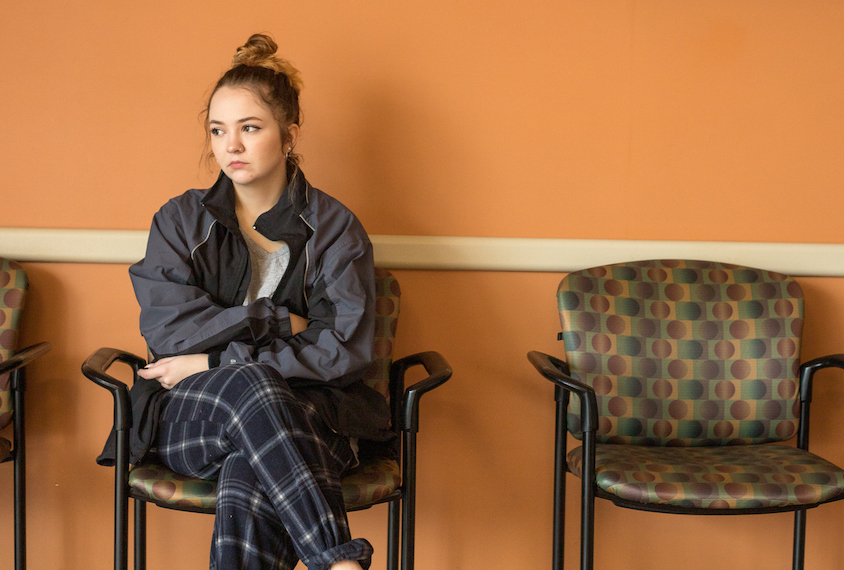Anila D’Mello is an assistant professor and Jon Heighten Scholar in Autism Research in the Department of Psychiatry and O’Donnell Brain Institute at the University of Texas Southwestern in Dallas.
Anila D’Mello
Assistant professor
University of Texas Southwestern
From this contributor
How scientists can counteract their unwitting contributions to autism’s sex bias
Common diagnostic and research practices may be adding to autism’s sex bias, but there are some simple steps scientists can take to counteract it.

How scientists can counteract their unwitting contributions to autism’s sex bias
Explore more from The Transmitter
Snoozing dragons stir up ancient evidence of sleep’s dual nature
Deep-sleep cycling between brain waves of higher and lower amplitude dates far back on the evolutionary tree, according to a new comparative study of mammals and reptiles.
Snoozing dragons stir up ancient evidence of sleep’s dual nature
Deep-sleep cycling between brain waves of higher and lower amplitude dates far back on the evolutionary tree, according to a new comparative study of mammals and reptiles.
The Transmitter’s most-read neuroscience book excerpts of 2025
Books by Nachum Ulanovsky, Nicole Rust, and Andrew Iwaniuk and Georg Striedter made the list of some of the year's most engaging neuroscience titles.

The Transmitter’s most-read neuroscience book excerpts of 2025
Books by Nachum Ulanovsky, Nicole Rust, and Andrew Iwaniuk and Georg Striedter made the list of some of the year's most engaging neuroscience titles.
Neuroscience’s leaders, legacies and rising stars of 2025
Here are seven stories from the past year about some of the field’s most engaging figures.

Neuroscience’s leaders, legacies and rising stars of 2025
Here are seven stories from the past year about some of the field’s most engaging figures.